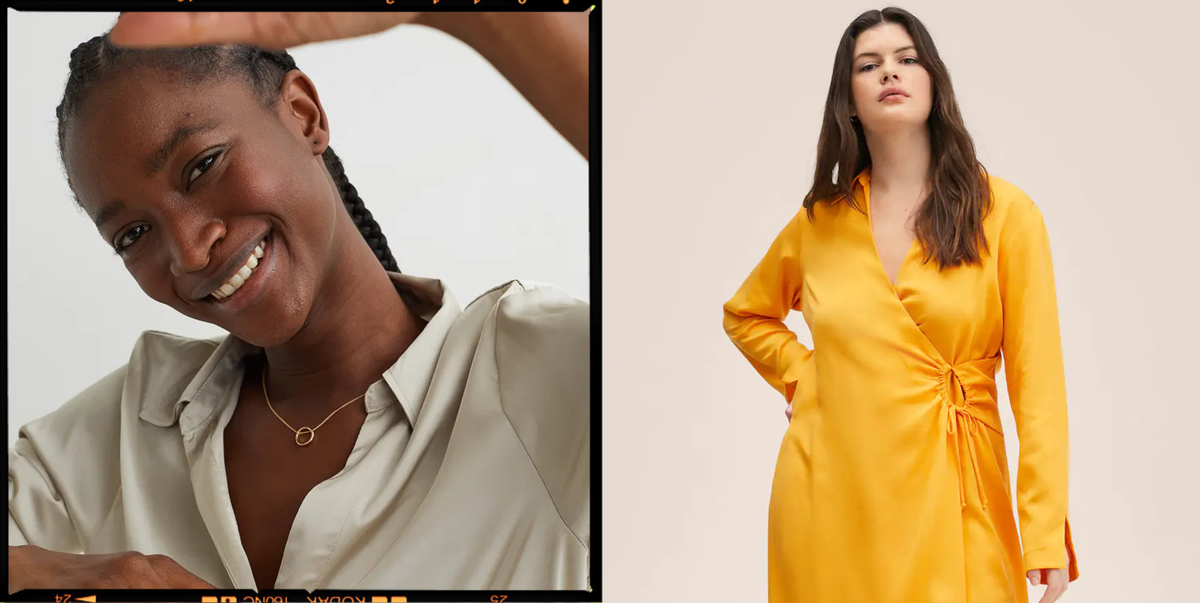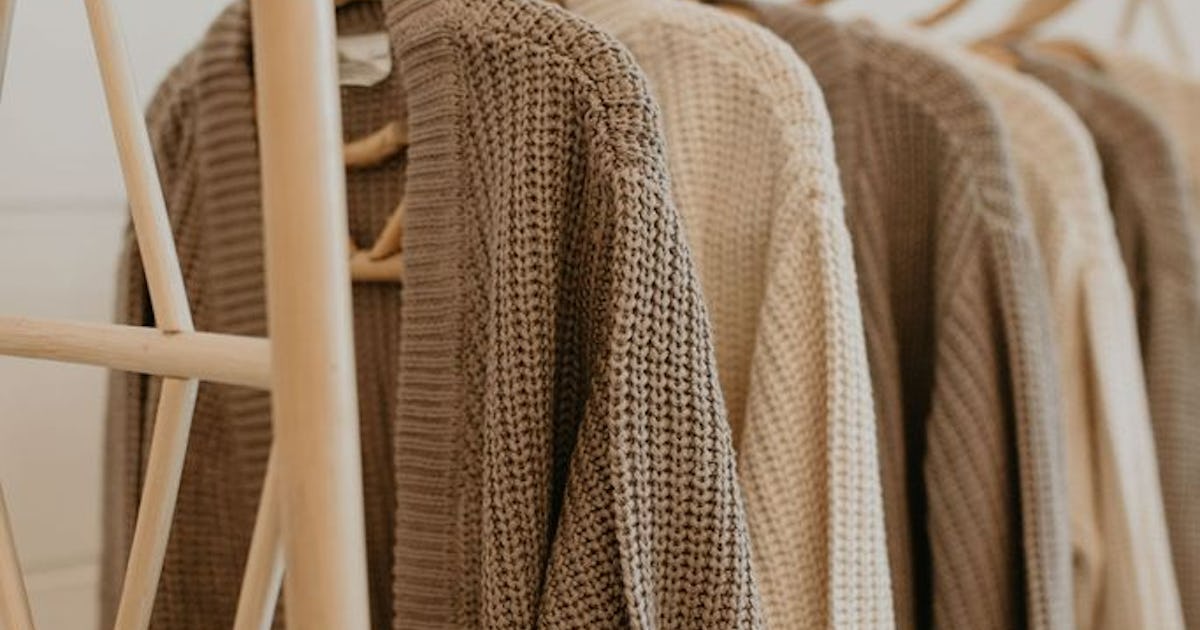How To Start A Clothing Business: Everything You Need To Know

Launching an apparel business in Arizona could be the best way to transform your talents and ideas into a lucrative career if you’re passionate about fashion. But sometimes we don’t have enough money to start our clothing business or to buy something else which is important for us. And we ask ourselves: Can I get A Payday Loan in Arizona? Yes, you can get a payday loan from Paydaychampion.( https://techlogitic.net/guaranteed-approval-loans-say-goodbye-to-stress-and-anxiety-via-citrusnorth/ )
After we receive the money you should know that there are many ways to sell clothing. This article will help you when starting an apparel business.
1. Know Your Specialty
Fashion is enormous and diverse brands with various designs and niches. It’s crucial to find your area of expertise and stick to your chosen place. This will enable you to develop an item line that is in tune with your market and establish a strong brand. No matter how appealing it is to all, the most successful brands have a distinct segment and stay within that specific niche.
Here are a few instances of clothing brands that have been highly successful that are in various categories:
- Adidas (athletic)
- Wrangler (casual)
- Ralph Lauren (classic)
- H&M (trendy)
Finding a niche is using your strengths. If you’re a skilled seamstress, you’ll probably spend most of your time creating and making pieces. If you’re an artist, you may create artwork that could be printed onto T-shirts or other clothing items.
2. Know Your Audience
In the beginning, it’s essential to identify your ideal client. If you’re trying to establish your business, fashion is a factor that makes things more accessible and more challenging at the same time. It’s easy to imagine the people who will wear your clothes, but you’ll also need to figure out where they hang out (in brick and mortar stores and online) and how you can reach them.
Here are a few things to think about when you decide on your target audience
- What are their names?
- What are their most loved clothing brands?
- Do they have a connection with certain brands?
- Where can they shop?
- Do they go shopping?
- Do they care about the latest trends?
- What is their cost point?
- What factors influence their purchasing decisions?
When you answer these questions, you’ll understand your intended audience. This will allow you to build your brand effectively, design products they’ll be interested in, and make sure that they’re easily found by customers who are likely to purchase them.
3. Create a Marketing Plan
After determining your target market and determining your target market Next step is to create an effective marketing strategy. It may seem like an awful amount of work, but it does not have to be extremely thorough. However, you must describe the channels you’re planning to utilize to market your items and the method you intend to promote your business to receive sales.
These are the most important things to remember when you’re creating a brand new marketing strategy:
- Competition and market
- Distribution channels
- Marketing strategy
- Advertising and marketing channels (e.g., social media, PPC ads)
- Marketing budget
A marketing plan lays out the method you’ll use to advertise your clothing brand and will significantly guide your decisions regarding product distribution and marketing strategies, which can impact sales. Find out more information on how to create a marketing plan.
4. Name Your Brand and Create Brand Assets
If you don’t have a business name in the back of your mind, now is the time to select one. The words for the names of clothing companies may vary widely. Your clothing business can be called whatever you’d like it to be in the simplest terms.
Here are some suggestions to consider when you name your business in the clothing industry:
- It should be easy to pronounce and spell.
- Select a catchy and memorable name
- Think about how it is translated into other languages.
- Check if it is available as a domain name (e.g., yourbusinessname.com)
After you’ve got a business name, select the slogan or brand’s color scheme and design your logo. Canva is an easy-to-use design tool with various pre-designed logos that you can modify. Alternately, you can purchase an expertly designed logo starting at just $5 through Fiverr.
5. Register Your Business
After deciding on a name and assets, the next step involves registering your company with the state in which you operate. This isn’t pleasant, but it’s necessary, even for new companies in clothing, because you’ll require an Employer Identification Number (EIN) to accept payment for your goods. It is required to sign up as a company to get an EIN. Furthermore, it allows you to receive wholesale pricing and work with retailers.
The procedure for your business registration can differ according to your state; however, you must be required to register your business with the Secretary of State of your condition. Smaller companies typically choose to be registered as a Limited Liability Corporation (LLC), priced at around $100, but it can be as little as 40 or more than $250. If you’re unsure which one is best for you, read more about an LLC’s definition and how to establish an LLC.
6. Design and Source Your Products
You probably already have a plan for how to develop and source your items. But, if you’re looking for a new direction or are willing to explore new ideas, There are three basic methods:
- Wholesalers can purchase products
- Create your design and then have them made
- Make Sew and design your very own home-made
Of course, the option you decide to go with will depend on how you intend to market your items. If, for instance, you’re planning to build collections of clothing that you intend to sell on the internet, for example, on your website or Amazon, it is possible to buy items from drop shippers or wholesalers. This is an excellent method to keep the initial costs to a minimum, particularly if you’re dropshipping your products. But, it also means that your product isn’t as distinctive and thus may require more advertising.
7. Price Your Products
Two main factors mainly determine the price of fashion products. First, the price of selling the item (e.g., the labor and material cost) and, secondly, the specific niche you’ve decided to focus on. For instance, the average clothing brand employs what’s known as”the keystone markup method in which the cost is determined by taking the cost of production and then doubling the price. It could be increased up to 5x, based on the specific niche (e.g., premium fashion brands).
Here are some of the most significant cost factors to be included in pricing products
- Cost of materials
- Time
- Advertising and marketing
- Packaging
- Shipping
If you’re in the world of luxury brands, Your products must be priced according to the criteria. Things that require care, attention, and effort to create must be priced at a premium.
However, an apparel company focused on volume sales may offer items at lower price levels. Encouraging consumers to purchase more often means incorporating deals and flash sales to motivate purchases.
8. Distribute Your Products
Clothing companies have a range of distribution options that range from selling directly through their site and selling through third-party websites like Amazon and Etsy and selling their products in stores or through local retailers or national major box stores. To make sure you are visible and increase sales, it’s ideal to consider distributing and selling your items through several channels.
However, if you don’t intend to sell items either online or in person, you must have an online presence. It helps to establish your brand, and when you plan to contact retailers, it provides them with the ability to look through your catalogs of products and catalogs. Find out the basics of building your website or browse the top E-commerce platforms that allow you to quickly set up an online store to market your goods directly to your customers.
Whatever way you decide to market most of your goods, it is essential to have a website.
If you’re not yet ready to market your products on your site, You can consider Etsy or other highly rated online marketplaces to reduce the burden. The less time you’ll have to devote to troubleshooting your website and the more time you can spend on creating clothing.
9. Market Your Clothing Brand
You have to promote your clothing line to be noticed by the people you want to reach. There are many ways to market your clothing business, but you must choose channels targeted to your customers. That is, go to the exact location where your potential customers are.
Here are a few of the most well-known ways to market and methods that clothing brands use:
- Marketing via organic social media (e.g., Pinterest, Instagram)
- Paid social media ads (e.g., YouTube Ads, Facebook Ads)
- Paid search ads (e.g., Google Ads)
- Forums (e.g., Reddit)
- Marketing content
- Marketing with influencers
- Paid placements
- Banner ads (e.g., Google Adsense)
- E-commerce ads (e.g., Amazon Ads, Etsy Ads)
- Search Engine Optimization (SEO)
- Email marketing
- Sponsorships
- Local local
- Local local news
When you decide on the most appropriate marketing tactics and channels to promote your fashion company, keep your brand’s name at the forefront of your thoughts. Take note of whether it is consistent with your the same brand and if it’s most likely to make a significant investment in the marketing funds. When choosing distribution channels, you’ll need to consider using various marketing channels to get the most reach.
Bottom Line
The idea of starting a clothing business is a fantastic method to combine your creative flair with business acumen. It also offers you the chance to show off your artwork, be seen by people in the streets, and make your passions an income-generating business. In addition, it’s now more affordable than ever before to launch an apparel line, which means you don’t require a massive capital investment to begin.




